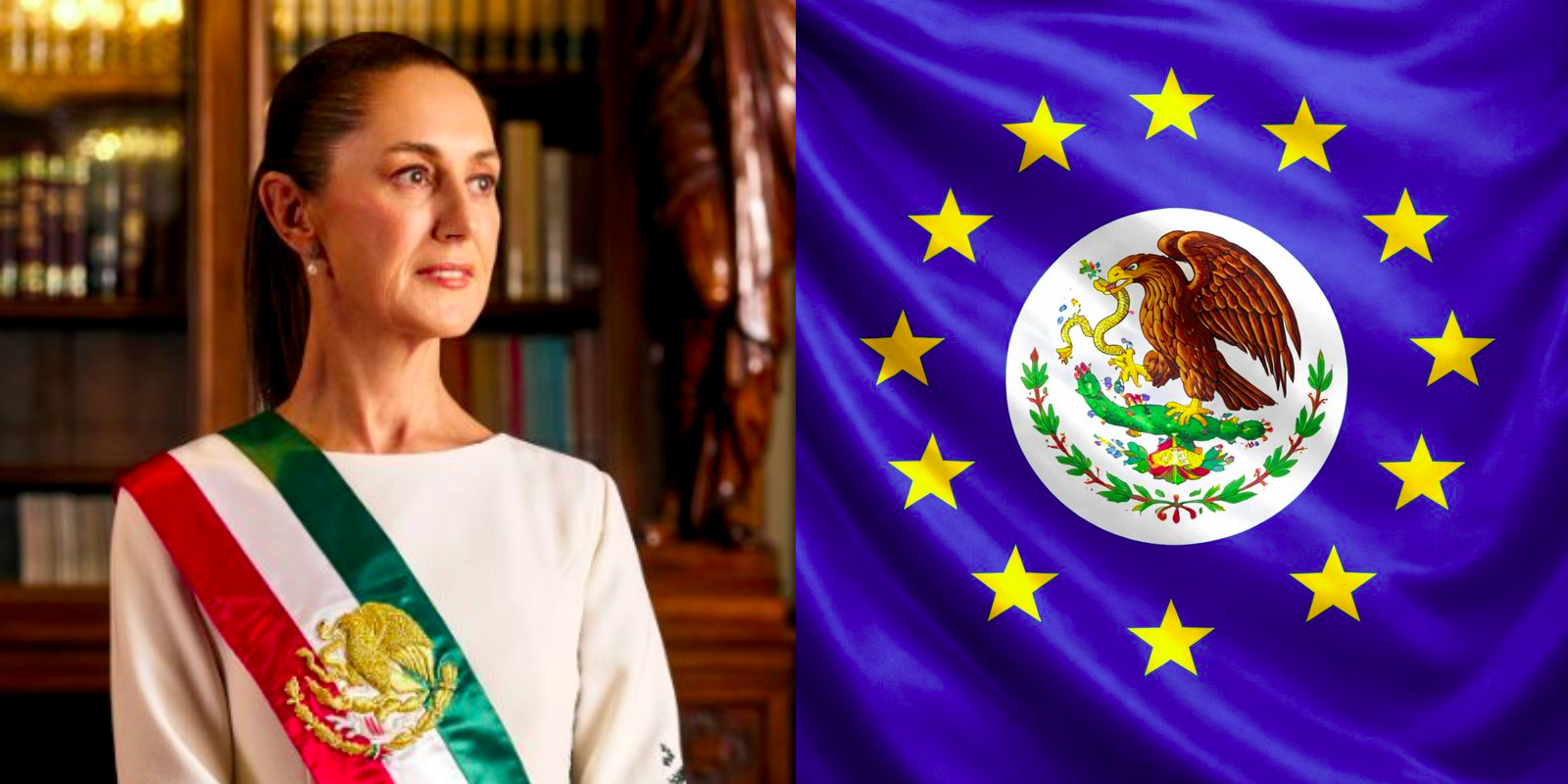Previously, the Irish Independent reported that in order for the farming sector of Ireland to meet its annual “climate targets,” up to 65,000 dairy cows will need to be annihilated each year. To meet these expectations, dairy farmers will need to be compensated for their losses, thus requiring a €600 million budget from the government to make adequate payments.
The Minister for Agriculture Charlie McConalogue announced earlier in the year that his department intended to begin the cow “culling” scheme in 2023 and use 2022 as a reference for “closing the gap” on meeting emissions targets. This is in conjunction with the government plan established in 2022 to reduce agriculture emissions by 25% by 2030.
“Approximately 60,000-65,000 dairy cows per annum would need to be displaced in 2023, 2024 and 2025. This would allow for some modest growth for new entrants and young farmers (10,000 per year),” the Department of Agriculture stated in a briefing paper from last year that was obtained via a Freedom of Information request.
More recently, members of the Barryroe Co-op board for farmers in Ireland spoke out against an upcoming initiative by the Department of Agriculture that could force the slaughtering of 40,000 pregnant cows.
John O’Brien, who serves as the board's vice chairman, warned that such a plan is "absolutely immoral."
This initiative is reflective of the widespread hysteria that started around the end of 2021 due to the realization that cow burps contain methane gas due to their high-fiber diet.
However, the Department noted, “funding options would need to be explored” to compensate dairy farmers who up until 2022, according to The Guardian, were encouraged to expand to meet EU milk quotas.
“It is recommended that it could operate on a bidding system, whereby farmers would accept a financial payment to exit the sector. The farmer would propose the level of payment per cow, paid over 7-10 years, that he/she would need to exit,” the paper said.
“This scheme would be particularly attractive for dairy farmers who were approaching retirement age with no obvious successor.
“A minimum number of cows would need to be set to avoid unnecessary administration. The design of such a scheme would need to ensure that the benefit was not eroded through expansion elsewhere...”
Irish dairy farmers have been opposed to this plan since it was first introduced last year. In 2022, Donald Pat McCormack, head of the Irish Creamery Milk Suppliers Association told The Guardian that producers were overall “frustrated.”
“All the talk was of what dairy could deliver for the economy and society and we did that in spades. Now it’s the bad boy,” he said.
A local farmer echoed similar sentiments. “There is an enjoyment for me to come out and look and see how healthy and happy these cows are,” says Scully, 47, a third-generation dairy farmer. “Every single cow has her own personality, they’re all individuals.
“It’s all happening so quickly, and they’re looking for results so fast. Sometimes you would be better moving slow and doing it right.
“You don’t miss anything until it’s gone.”






